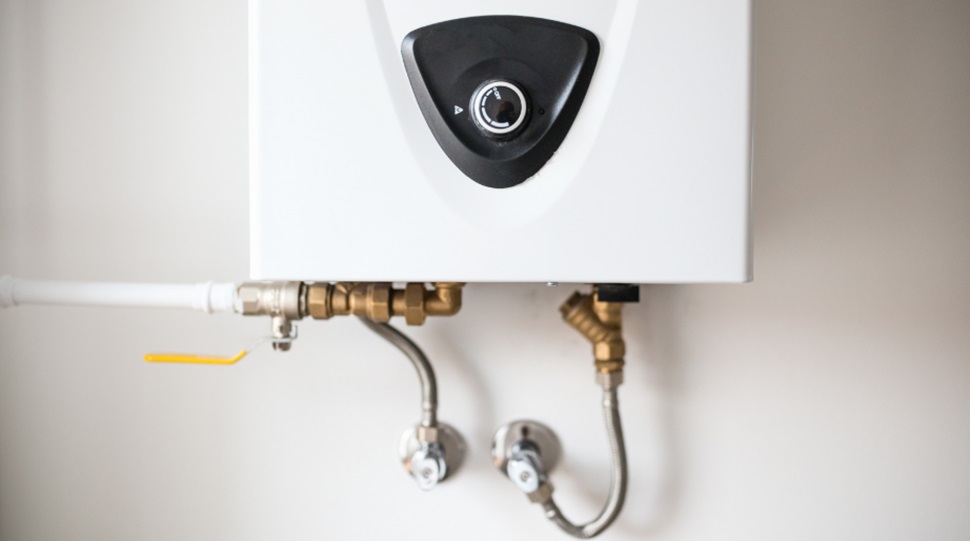Upgrading to a tankless water heater can bring numerous benefits, including energy efficiency and unlimited hot water. But before enjoying these perks, understanding the installation process is key. If you’re considering a tankless water heater in Acworth, here’s what to expect during the installation to ensure everything goes smoothly.
Initial Assessment
The installation begins with a professional evaluation of your home’s plumbing and electrical or gas systems. This is important as a tankless unit operates differently from traditional water heaters and may require updates to your existing infrastructure. For instance, these systems often need upgraded gas lines or new venting if powered by gas or an electrical panel upgrade for electric models.
If you’re still deciding which tankless model is right for your needs, reviewing questions to ask when choosing a tankless water heater can help clarify your options.
Preparing the Installation Site
Once the assessment is complete, the site is prepared for installation. This may involve removing your old water heater and clearing the area to create space for the new unit. Tankless water heaters are compact, meaning they can fit in more convenient locations, like on a wall. However, pipe adjustments and ventilation modifications might be necessary to ensure proper functioning.
During this stage, technicians will also confirm that your home’s water pressure and gas or electrical supplies meet the requirements of the chosen system. This step is pivotal to prevent disruptions or inefficiencies down the line.
Professional Installation Process
The installation itself involves multiple steps to guarantee the system runs safely and efficiently. Key actions include:
- Mounting the Unit – The tankless water heater is securely mounted to a wall or other designated space, carefully positioned for easy access and optimal performance.
- Connecting Plumbing Lines – All plumbing connections are tested to ensure there are no leaks and that the water can flow properly through the heater. This is essential to maintain consistent water temperature and pressure.
- Gas or Electrical Hookup – If the unit uses gas, technicians will connect it to the gas line and ensure proper ventilation to release carbon monoxide safely. For electric models, wiring is handled to meet local building codes while ensuring compatibility with your home’s electrical panel.
- System Testing – After everything is set up, the heater is tested to make sure it functions as expected. This includes checking for adequate water flow, consistent heating, and no safety concerns.
Benefits Post-Installation
After installation, your tankless water heater is ready to provide efficient hot water for your home. These systems not only save space but also reduce energy consumption by heating water only when needed. Curious about how else they can boost your home’s efficiency? Check out an article on how tankless water heaters improve your home’s efficiency for insights.
Conclusion
The installation of a tankless water heater is a straightforward process that is handled by experienced professionals. From initial assessment to post-installation testing, every step ensures your home is equipped with a reliable and efficient heating solution. Make sure to prepare your home for upgrades if required and consult experts to streamline the process.
Transitioning to a tankless water heater is an investment that delivers both convenience and long-term savings. With the right planning, you can look forward to seamless installation and the ultimate comfort of hot water on demand.

